[ DECLASSIFIED SEPTEMBER 29, 2024 ]
[ C L A S S I F I E D D H C D O C U M E N T ]
M-23 Richtofen / A8F "William"
After investigating documents given by the Japanese Air Force to the company by late 2018, it is concluded that the L-84 Schwarzevogel had a Japanese-based successor that founders [REDACTED] and [REDACTED] planned all the way from 1938. The aforementioned documents were preserved and kept confidential by Japan from the rest of the world. It is designated as the M-23, an aircraft that had its parts transported across the Eurasian continent to be built Japan and served in World War II's Pacific theater.
DESCRIPTION
Introduction
The M-23 is a heavy multirole fighter aircraft designed by the founder and co-founder of the DHC as a prototype that would serve the Imperial Japanese Navy in the Pacific as a formidable fighter to the F7F Tigercat, which was by the time under development when the M-23 was already approved for mass production.
Document I: Design

An M-23 Richtofen going for another strafing run on a defenseless American escort carrier, foggy noon of late 1944
Nazi Germany had handed out a new contract for an aircraft to be transported across Eurasia to supplement Japan's late war defense against the Americans. Unfortunately, all of Luftwaffe's German aircraft companies denied the contract to make room for building new aircraft or improve their current aircraft. Fortunately, Dunkelhundkonzern accepted the contract. Using the money they earned from producing the L-84, Dunkelhundkonzern made an aircraft with its middle fuselage frame taken from its predecessor and given modifications to attempt improve performance. The overall design was similar to an upsized A6M Zero, but the cowling shapea and canopy size and shape is different. The canopy design is similar to the L-84's, but the aircraft was made with two variants with one having an opening at the back of the canopy to allow room for a machine gun turret. The wing placement and angle is meanwhile maintained from the L-84. Dunkelhundkonzern invested in using a radial engine again, but instead they didn't use any of the engines offered in the German market. Instead, they created their own radial engine named DHC AD-294Z. The engine they made was considered odd by other German corporations for having a contra-propeller configuration for a radial engine. Dunkelhundkonzern invested even more money for the engine that what it looks like, with weight saving features like thin but durable cowling armor. However, the aircraft was rendered heavier by around 2000lbs than its predecessor when having fully loaded fuel tanks and armed with bombs, rendering not much improvement. Since the aircraft was expected to serve at open sea on aircraft carriers, a carrier landing hook was mandatory to apply.
Document II: Armament

An M-23 flies peacefully in reconnaissance, hazy noon of late 1944
The aircraft was mounted with six machine guns, with three for each wing. The guns had their calibers smaller than the L-84's, but fired just as fast. Its payload capability was a large feat, as the aircraft was capable of carrying a 500lb payload with around 35 miles per hour removed from its top speed.
Document III: Performance Report

An M-23 swooping over a lone sinking American destroyer, night of early 1945
The aircraft was way more faster than the L-84 by around 80 miles per hour in sea level top speed test runs. But its roll response was a little faster than its predecessor, and could rival the A6M's maneuverability which made it capable in dogfighting. Being just slightly larger than the A6M, it reaches speeds that most aircraft by the time it was made can only achieve in high speed dives. The aircraft is to reach a top speed of around 420 miles per hour at sea level, another astounding feat for a German contractor. However, in numerous prototype flights it is said to reach up to a breakneck speed of around 520 miles per hour when full throttle nosedives were performed. The aircraft however takes longer to take off than its predecessors, and demands more skill and finesse when landing properly.
1944 Imperial Japanese Navy Report

A damaged M-23 flying low over a sinking American escort carrier, foggy sunset of early 1945
The M-23 was transported as parts across Eurasia in seven separate convoys of twenty cargo trucks, but three of the comvoys were spotted by Allied aircraft and bombed. After the aerial raids, only one of the three convoys remained with eight surviving trucks. Despite the loss of potential units, it was approved by the Imperial Japanese Navy for large multirole capabilities. It was also praised for its deadly speed, making it a perfect Allied fleet strafer. It was also agile enough to be able to escape the F6F Hellcats of the US, and it also outmaneuvered said aircraft in high speed dogfights. The aircraft produced 39 prototypes and 596 active units, with 374 of these active units put in reserve. The aircraft was used extensively in bombing runs on Allied fleets on the Pacific and it was also used in bomber intercepting. 105 active units were lost in war, with 47 shot down by enemy flak and 58 shot down by enemy aircraft.
SPECIFICATIONS
Top speed: up to 420 miles per hour at 1000 feet
Service ceiling: around 32,000 feet
Cruise speed: around 175 miles per hour at service ceiling
Crew: 1: pilot, 2: pilot, navigator
Fuel Capacity: 953 gallons
ARMAMENT
The armament carried by the aircraft is listed below:
- 6x DHC K92A Machine Guns
- 2x DHC D-28SS Maximilian Cannons
- 2x Herman SC250 GP Bombs
CONTROLS
The full controls for the aircraft is listed below:
- VTOL : Flaps
- AG1 : Toggle Navigation Lights
- AG2 : N/A
- AG3 : N/A
- AG4 : Jettison SC250 Bombs
- AG5 : Toggle Carrier Landing Hook
- AG6 : N/A
- AG7 : N/A
- AG8 : N/A
[ C L A S S I F I E D D H C D O C U M E N T ]
Big thanks to:
- Quackie for the SC250 bombs from his bomb set
- Zoowarp for help in the main gear suspension
[ DECLASSIFIED SEPTEMBER 29, 2024 ]
Specifications
Spotlights
- MAHADI 5.6 years ago
- MoxWraith 5.6 years ago
- masotan15 5.6 years ago
- Bernkastel 5.6 years ago
- DarthAbhinav 5.6 years ago
General Characteristics
- Created On Android
- Wingspan 40.4ft (12.3m)
- Length 32.2ft (9.8m)
- Height 16.3ft (5.0m)
- Empty Weight 10,072lbs (4,568kg)
- Loaded Weight 16,467lbs (7,469kg)
Performance
- Horse Power/Weight Ratio 0.668
- Wing Loading 30.0lbs/ft2 (146.4kg/m2)
- Wing Area 549.1ft2 (51.0m2)
- Drag Points 5053
Parts
- Number of Parts 244
- Control Surfaces 13
- Performance Cost 885

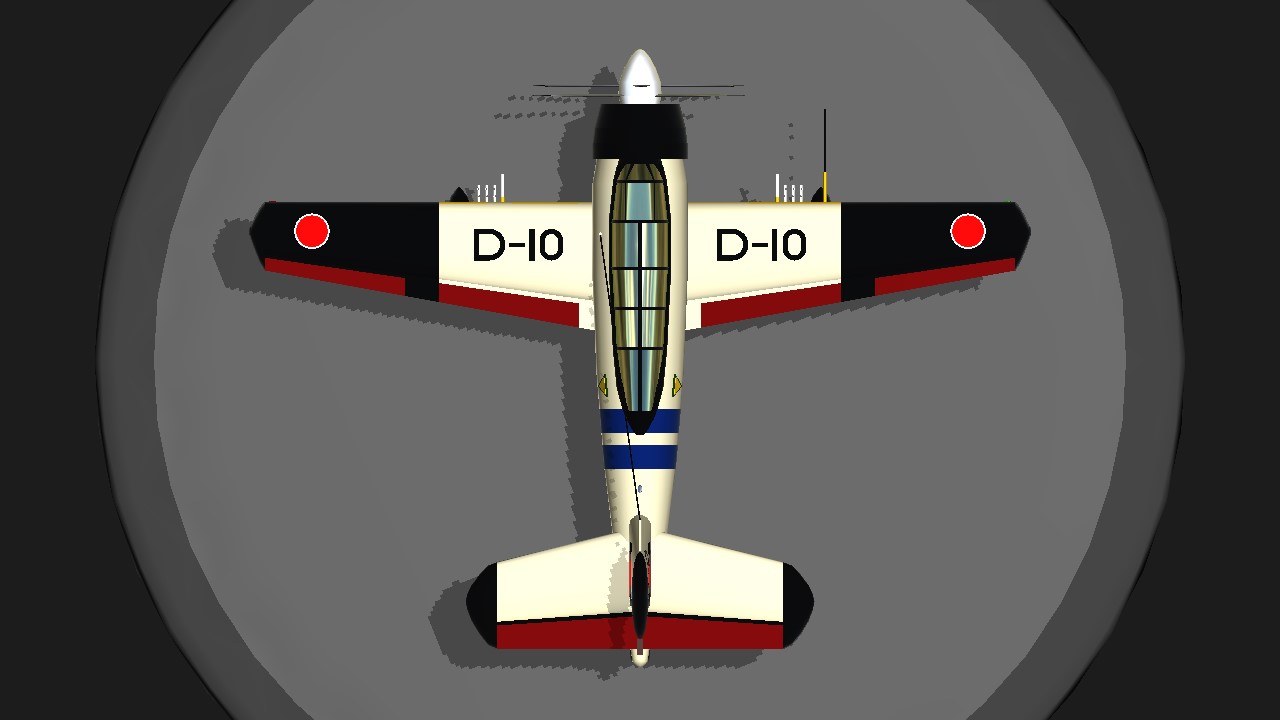
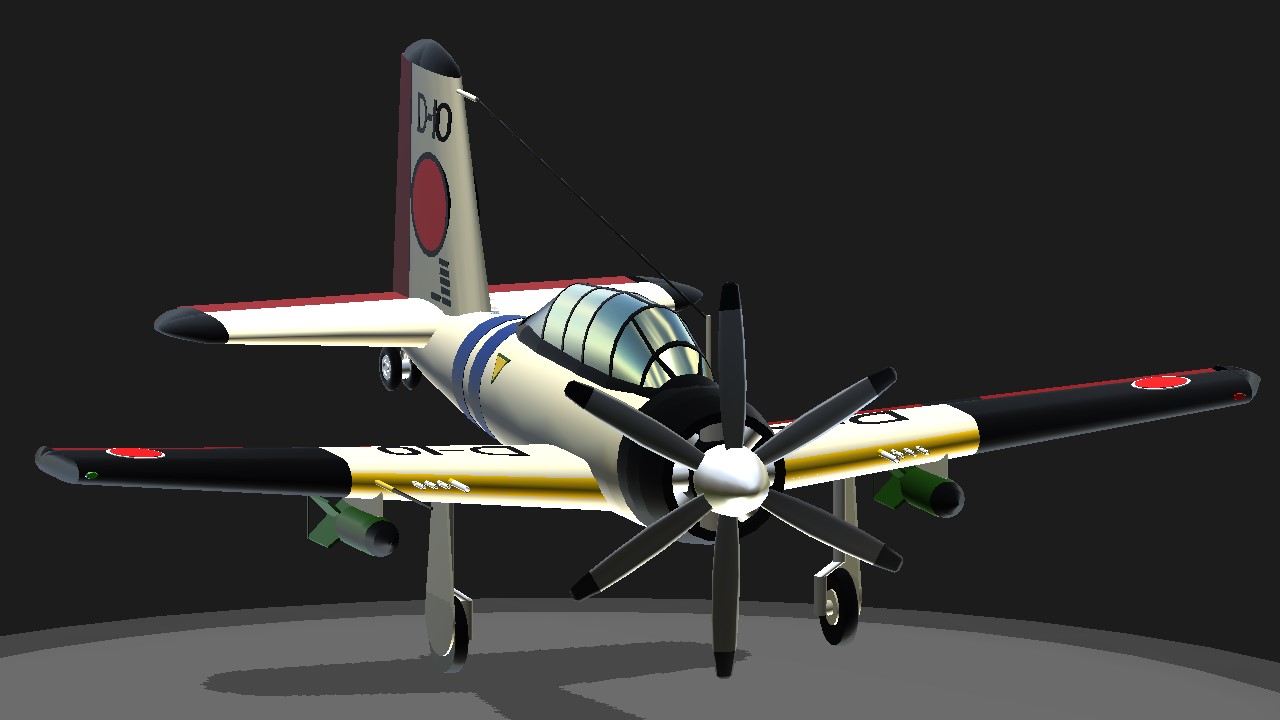
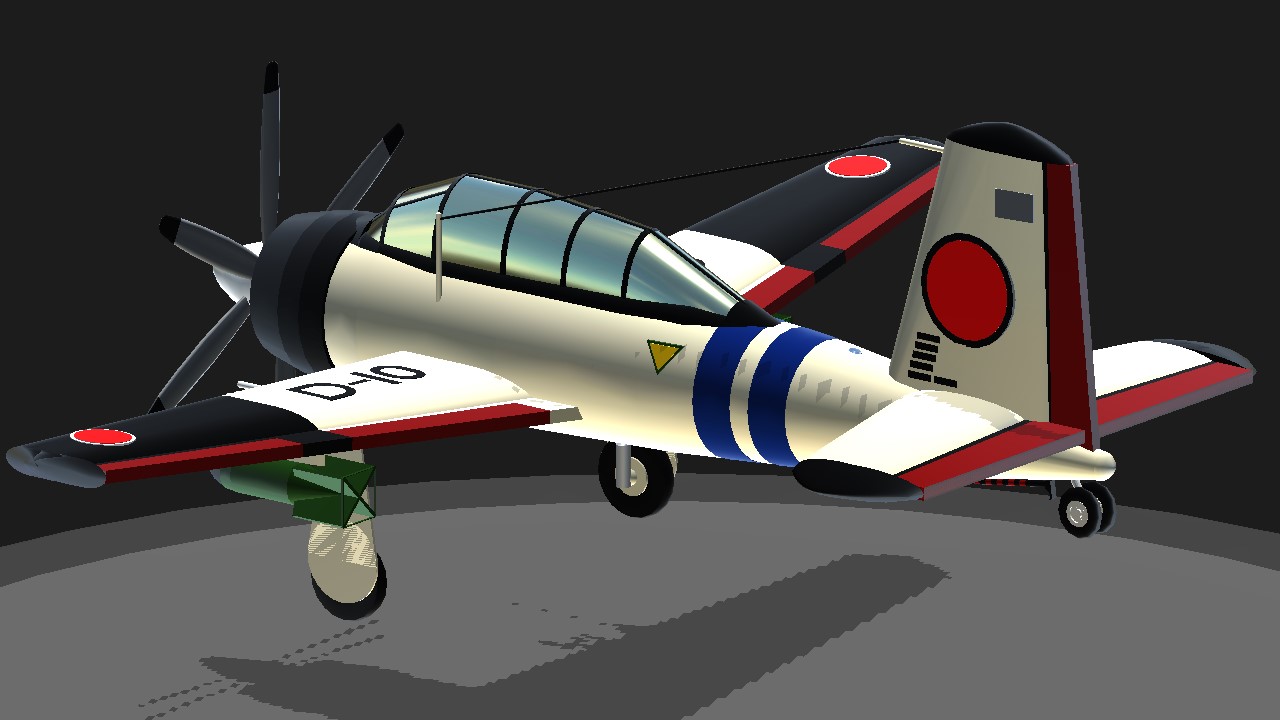
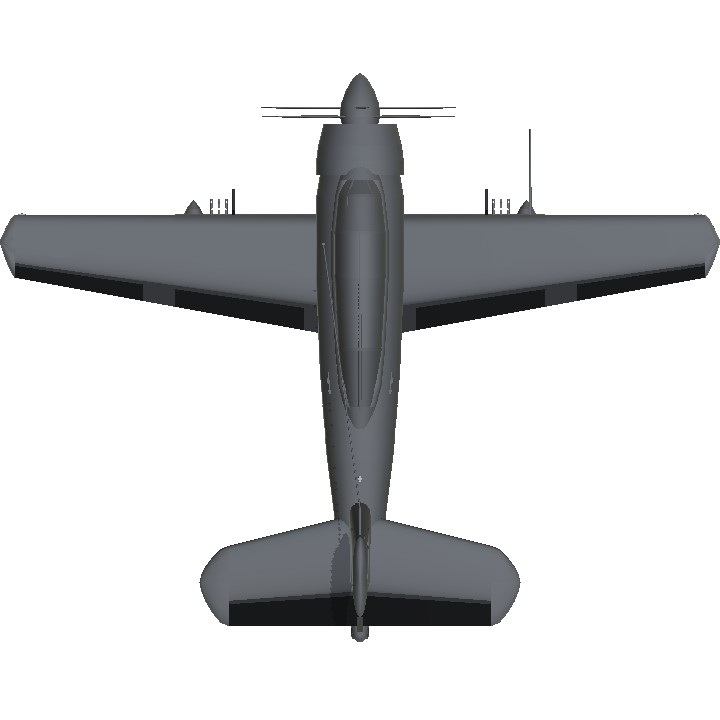
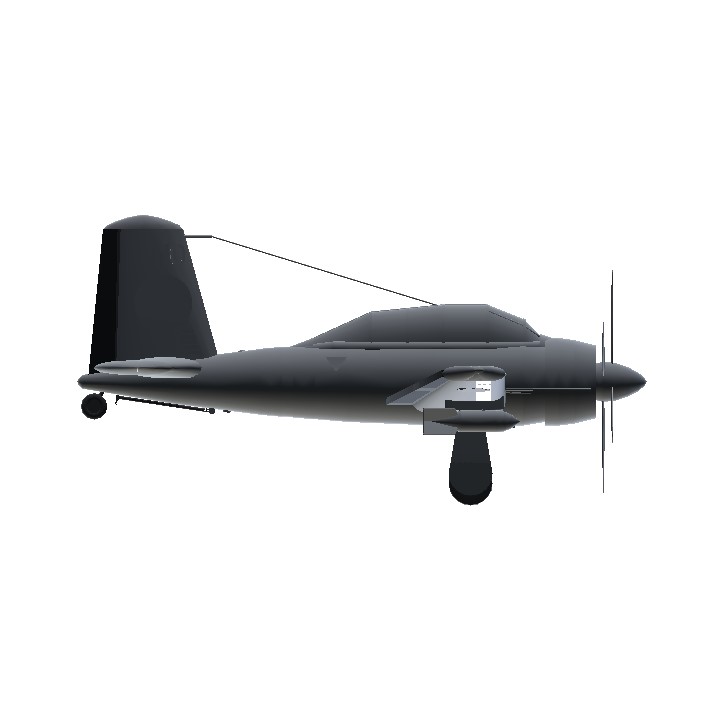
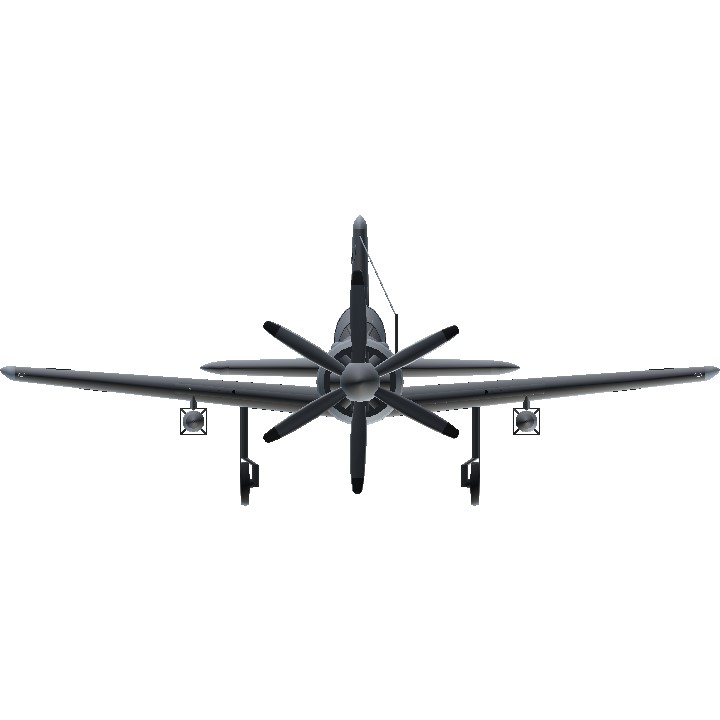
@ThomasRoderick e x a c t l y
This looks really good! Performance could be made more realistically but from an aesthetic standpoint, this is a great build
whoa! I almost mistook those images for real
Cool screenshots!
@Quackie
@masotan15
@MBR6753
@Zoowarp